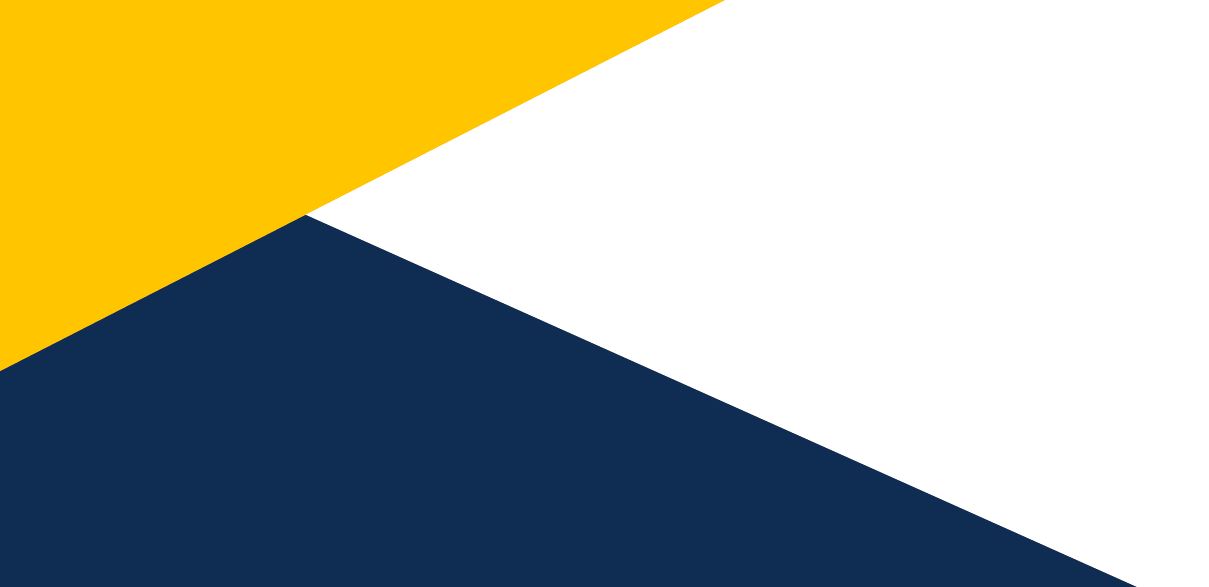Department
Physics & Engineering
Location
Bethel University
Document Type
Event
Start Date
10-25-2023 3:00 PM
End Date
10-25-2023 5:00 PM
Abstract
The Compact Muon Solenoid experiment (CMS) at the CERN Large Hadron Collider records proton-proton collision data in order to study the particles and forces that exist in very high energy conditions. CMS releases data to the public after several years of internal analysis. This data has a rich history of use for middle school or high school education, but is not widely used by college students in the US. Bethel students and I have built an intermediate-level undergraduate lab experience in which students reinforce physics learning objectives and learn statistical data analysis skills while "discovering" a particle. A short form of this exercise has been adapted for high school outreach events, including an immersive virtual reality world in which students can explore the CMS detector and extract data from several collision events. This poster presents the development of these exercises and plans for future publication.
Recommended Citation
Hogan, Julie, "Particle Discovery Lab for education & outreach" (2023). Day of Scholarship. 16.
https://spark.bethel.edu/dayofscholarship/fall2023/oct25/16
Included in
Particle Discovery Lab for education & outreach
Bethel University
The Compact Muon Solenoid experiment (CMS) at the CERN Large Hadron Collider records proton-proton collision data in order to study the particles and forces that exist in very high energy conditions. CMS releases data to the public after several years of internal analysis. This data has a rich history of use for middle school or high school education, but is not widely used by college students in the US. Bethel students and I have built an intermediate-level undergraduate lab experience in which students reinforce physics learning objectives and learn statistical data analysis skills while "discovering" a particle. A short form of this exercise has been adapted for high school outreach events, including an immersive virtual reality world in which students can explore the CMS detector and extract data from several collision events. This poster presents the development of these exercises and plans for future publication.


